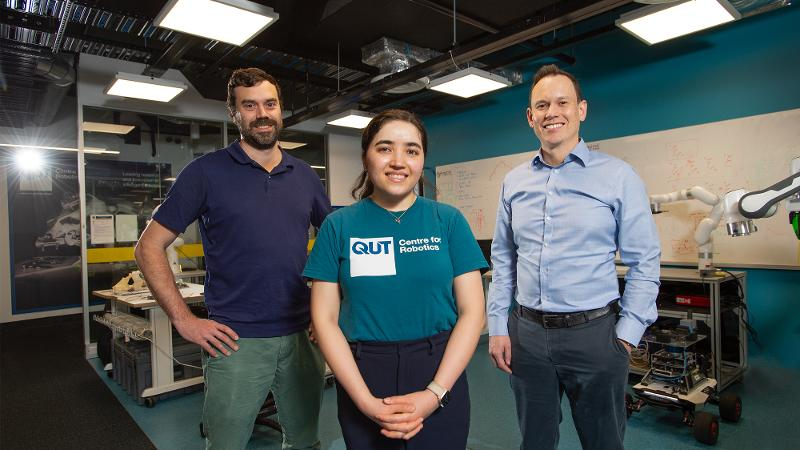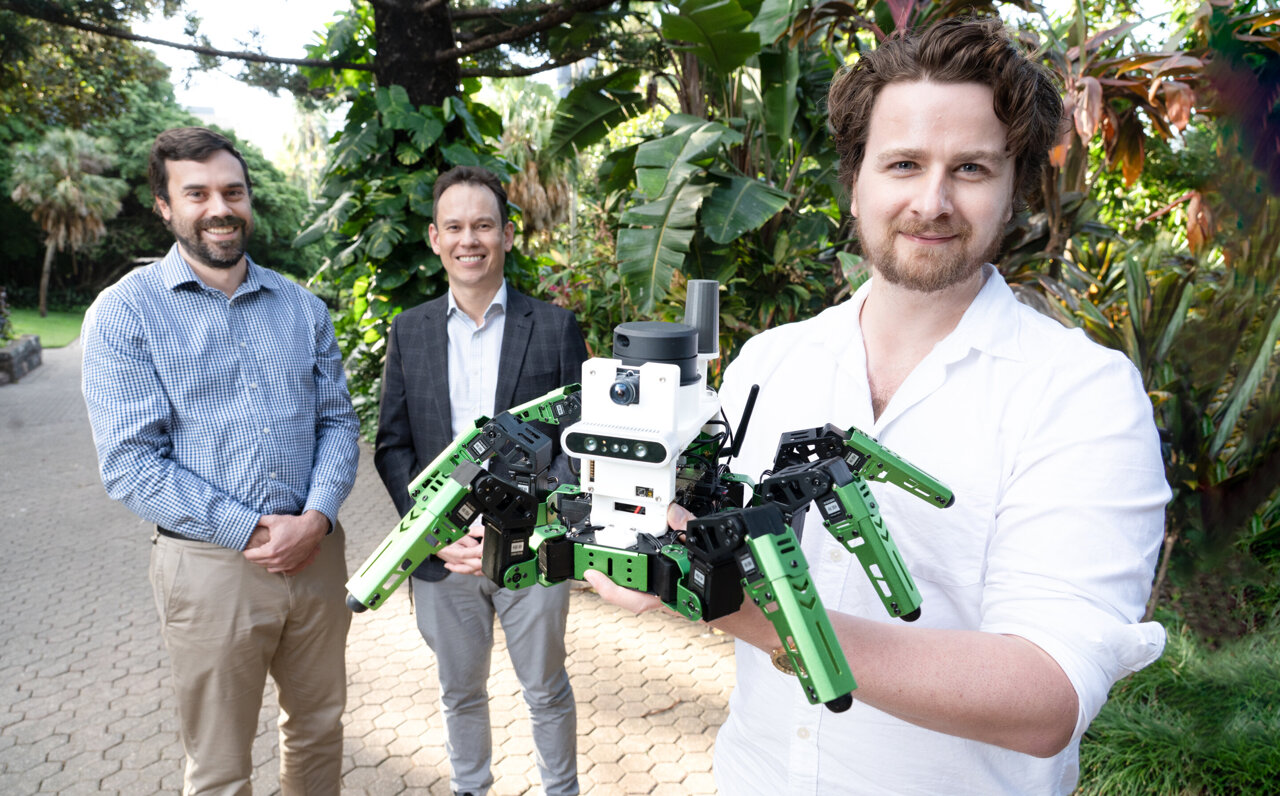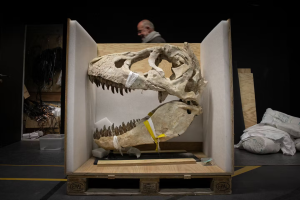What if robots could navigate the world using brain-like power—while barely sipping energy?
That’s exactly what Australian researchers have just achieved.
Meet LENS—Locational Encoding with Neuromorphic Systems—a cutting-edge navigation system inspired by how the human brain works.
Developed by scientists at Queensland University of Technology (QUT), this system uses neuromorphic computing.
It processes information using tiny electrical spikes—just like the neurons firing in your brain.
Why Does That Matter?
Because it slashes energy use. We’re talking about using less than 10% of the energy traditional robotic navigation systems need.
In fact, it can cut visual localization energy use by up to 99%.
“Energy constraints are a major challenge in real-world robotics,” said neuroscientist Adam Hines, lead author of the study.
Whether it’s search and rescue, space missions, or underwater exploration, robots running longer and farther could be a game-changer.

Robots running longer and farther could be a game-changer.
LENS combines a spiking neural network and an event camera (which works like human eyes, detecting brightness changes).
A neuromorphic chip handles complex location tracking with just 180 KB of storage—a fraction of what conventional systems need.
The result? Smarter robots that don’t burn through batteries in record time.
For future robotics, this isn’t just clever—it’s essential. Think of it as artificial intelligence going lean and mean.





